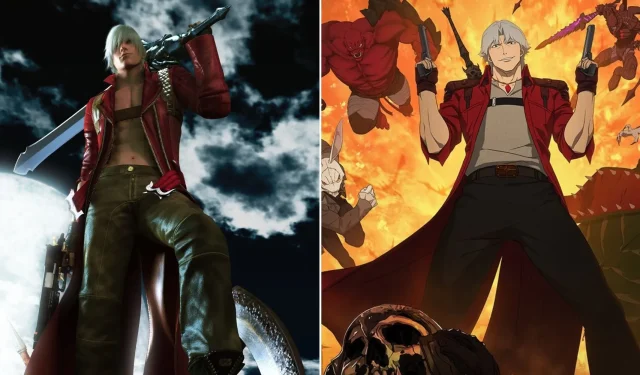Overview of Netflix’s Devil May Cry Adaptation
- The new Netflix adaptation of Devil May Cry ventures into original storytelling while incorporating elements from the games.
- Fans have reacted to the introduction of a completely new voice cast, diverging from the beloved actors associated with the series.
- The show introduces politically charged themes and character modifications that expand upon, but sometimes stray from, the established narrative of the franchise.
The freshly released Devil May Cry animated series on Netflix, spearheaded by creator Adi Shankar, promptly caught the attention of dedicated fans of Capcom’s celebrated hack-and-slash franchise. As anticipated, Shankar has taken several bold creative leaps, positioning this adaptation within a distinct timeline apart from the original video games, which he refers to as his very own “Bootleg Universe.”
While the series does capture key characters and concepts familiar to long-time players—such as Dante, Vergil, and aspects like the Devil Trigger—it also interjects novel plot elements that could provoke mixed reactions among the franchise’s ardent supporters. The following points outline significant deviations made in this latest adaptation.
Warning: Spoilers Ahead!
1. An Original Voice Cast
The Absence of Familiar Voice Actors
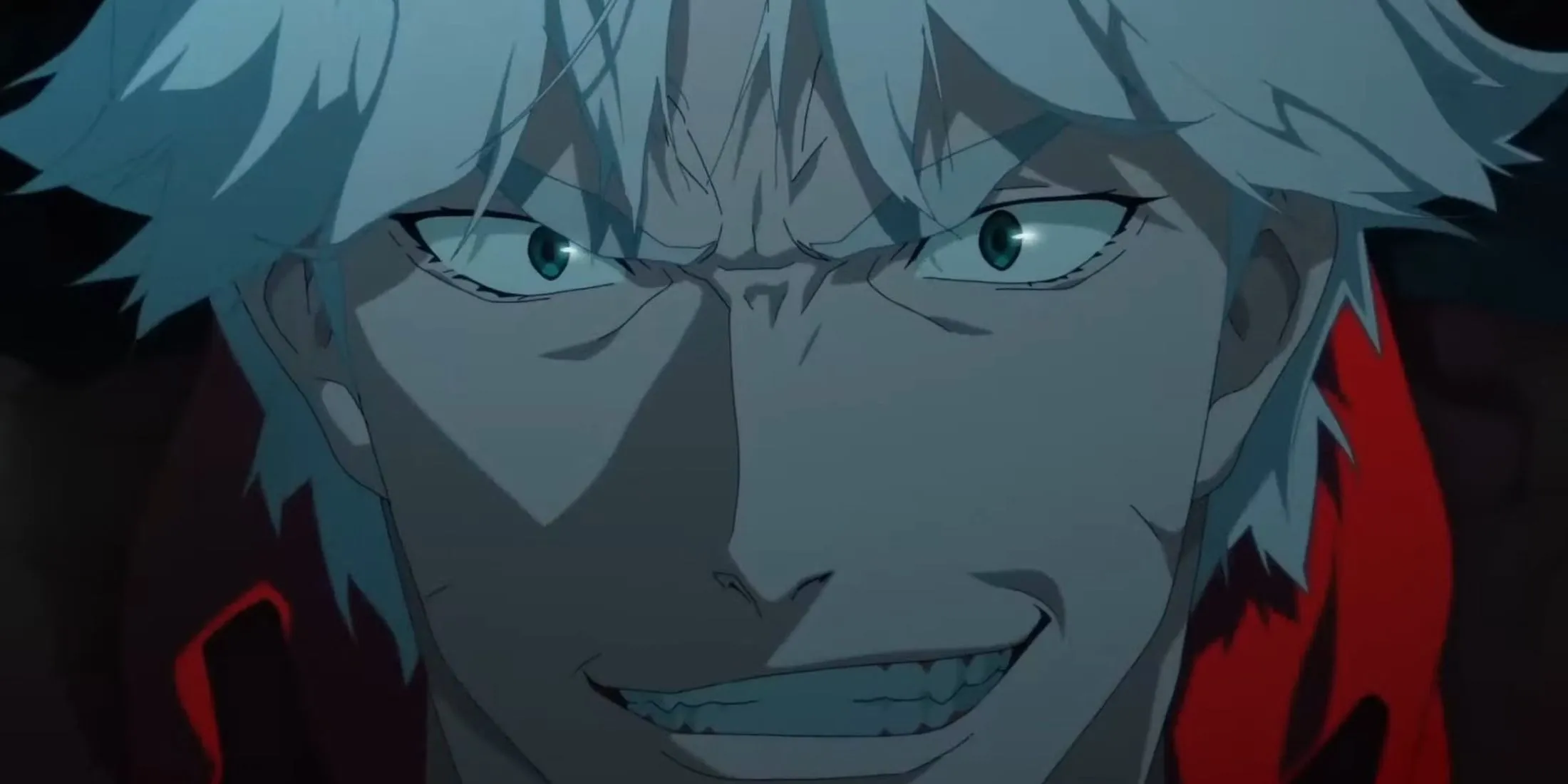
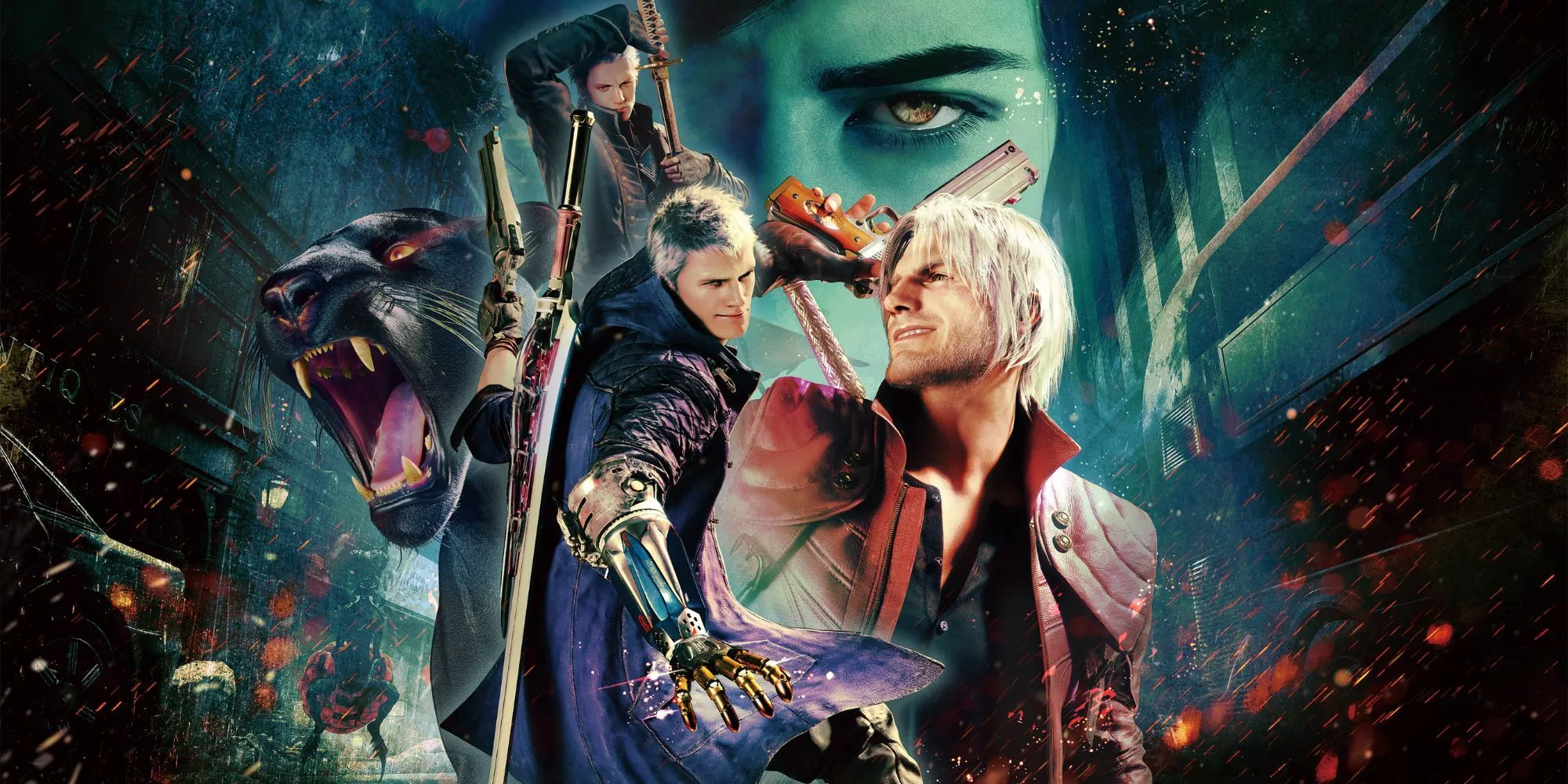
Traditionally, the Devil May Cry series boasts a respected English dub, with talents like Reuben Langdon as Dante, Kate Higgins as Lady, and Daniel Southworth as Vergil returning to their roles throughout the franchise. Their voices have become synonymous with the characters and even featured in the 2007 anime adaptation, Devil May Cry: The Animated Series.
However, this new Netflix entry features an entirely recast voice cast. While the new actors deliver commendable performances, seasoned fans may find the change disconcerting as they adapt to different interpretations of beloved characters. Interestingly, Johnny Yong Bosch voices Dante in the series, yet he’s also recognized as the voice of Nero from the latter games, creating a vocal parallel between the two characters.
2. A Transformed Lady Character
Retaining Backstory, But a New Personality

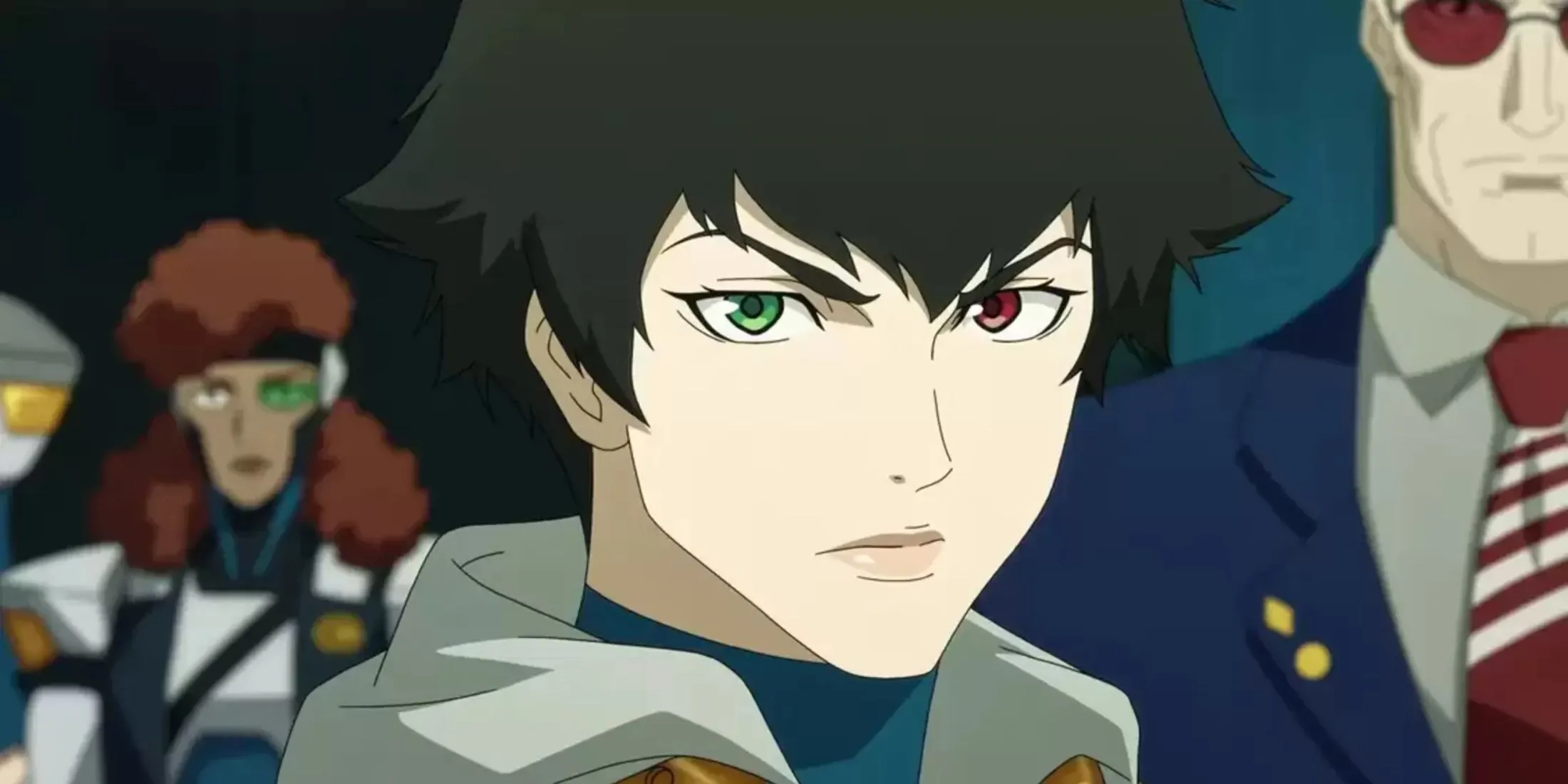
Initially appearing in Devil May Cry 3: Dante’s Awakening, Lady is characterized by her fierce determination and a quest for vengeance against her father, Arkham. Over time, her character evolves into a more easygoing personality following her encounters with Dante. In contrast, the Netflix adaptation modifies Lady’s character significantly.
In this version, she aligns with an organization referred to as DARKCOM, seemingly imbued with deeper resentment towards demons, even as her trust in Dante develops slowly. Furthermore, she is portrayed as Mary Ann Arkham throughout the series, diverging from her iconic rejection of her name, which she initially adopted as a way of denouncing her father’s legacy.
3. Simultaneous Boss Encounters
Colliding Bosses from Various Games
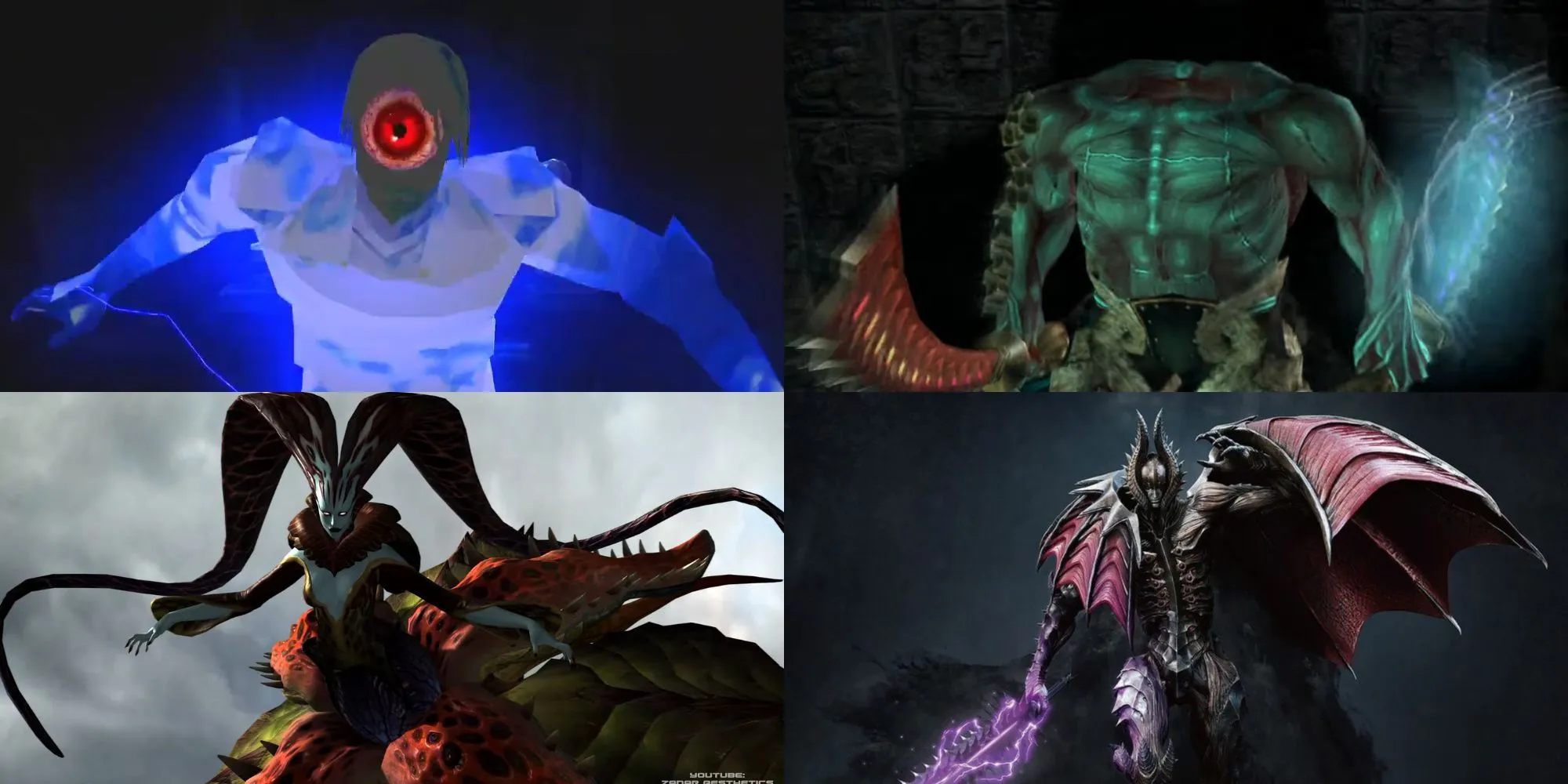
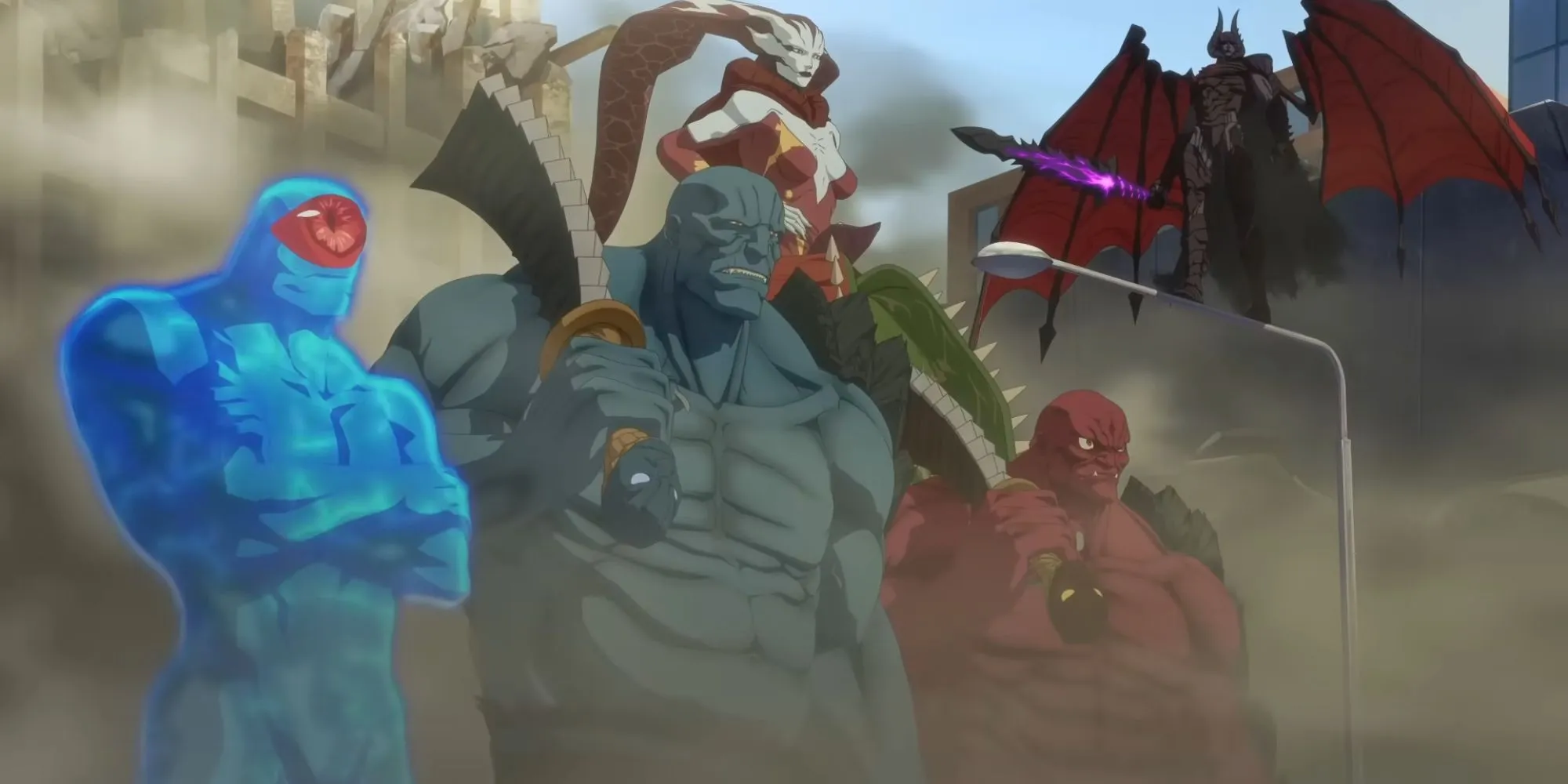
The Devil May Cry series is well-known for exhilarating boss battles against powerful demons. Each game features unique antagonists, and in most cases, these foes do not reappear. The new Netflix adaptation boldly breaks this trend by showcasing multiple characters from different installments unified in battle, acting as henchmen for White Rabbit.
Among the iconic figures present are Plasma, Agni, Rudra, Echidna, and Cavaliere Angelo, all notably eliminated by season’s end—likely ruling out any future appearances in subsequent seasons. Their inclusion, however, serves as a nod to long-time fans and results in exhilarating action sequences involving Dante and Lady confronting these legendary bosses.
4. Change in Agni and Rudra’s Design
Loss of Their Iconic Features
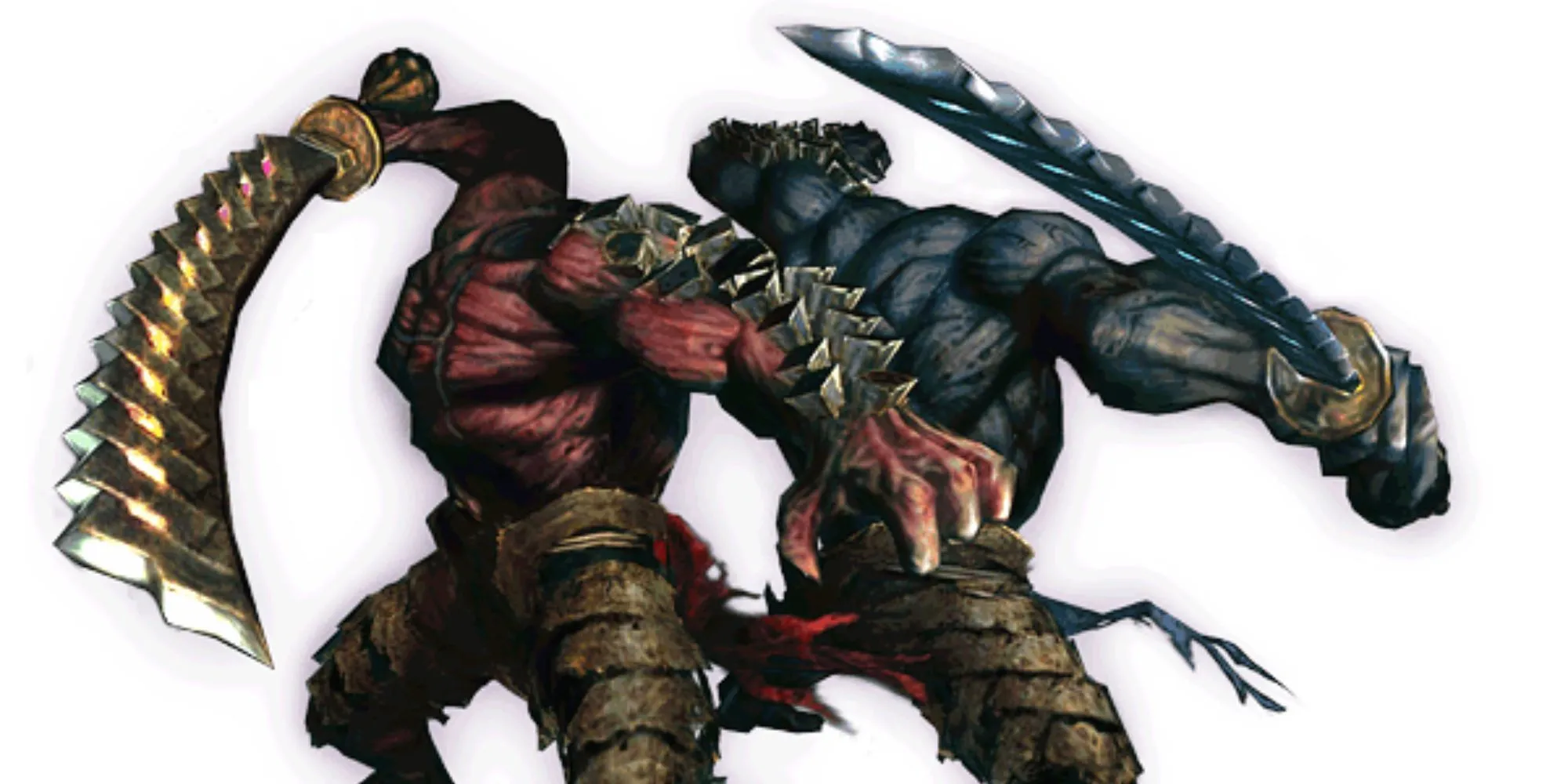
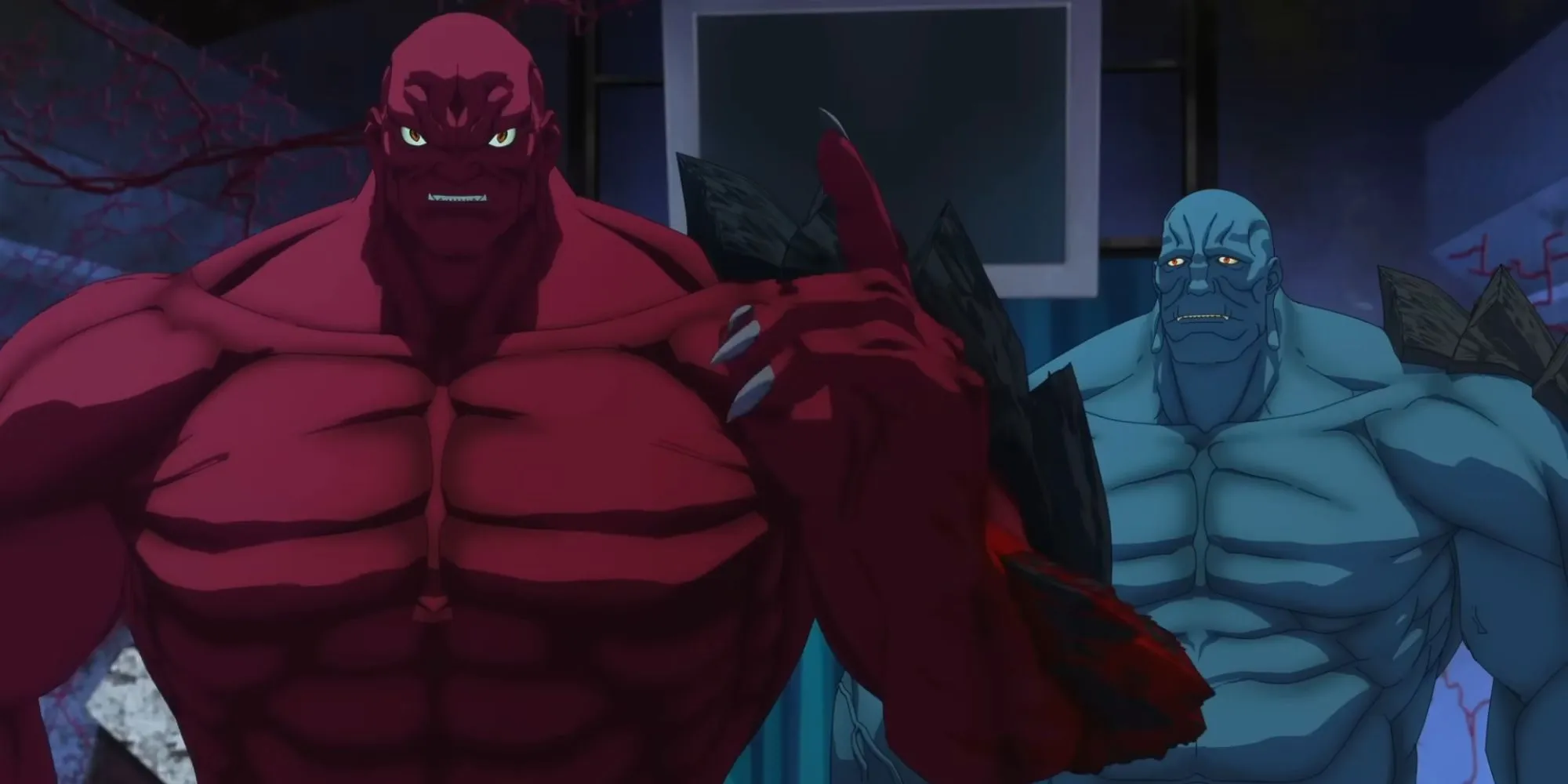
Most of the demon bosses in the Netflix adaptation retain their original designs, with one striking exception being Agni and Rudra. This iconic pair, known for their elemental weaponry, are depicted differently—having full heads instead of the distinct heads residing in their swords.
This artistic choice surprised fans, as it deviates notably from their established appearance. Although viewers might have anticipated an explanation for this drastic design shift, none is provided, especially given that both characters meet their demise by the season’s conclusion.
5. The Identity of the White Rabbit
A New Character Emerges as Antagonist
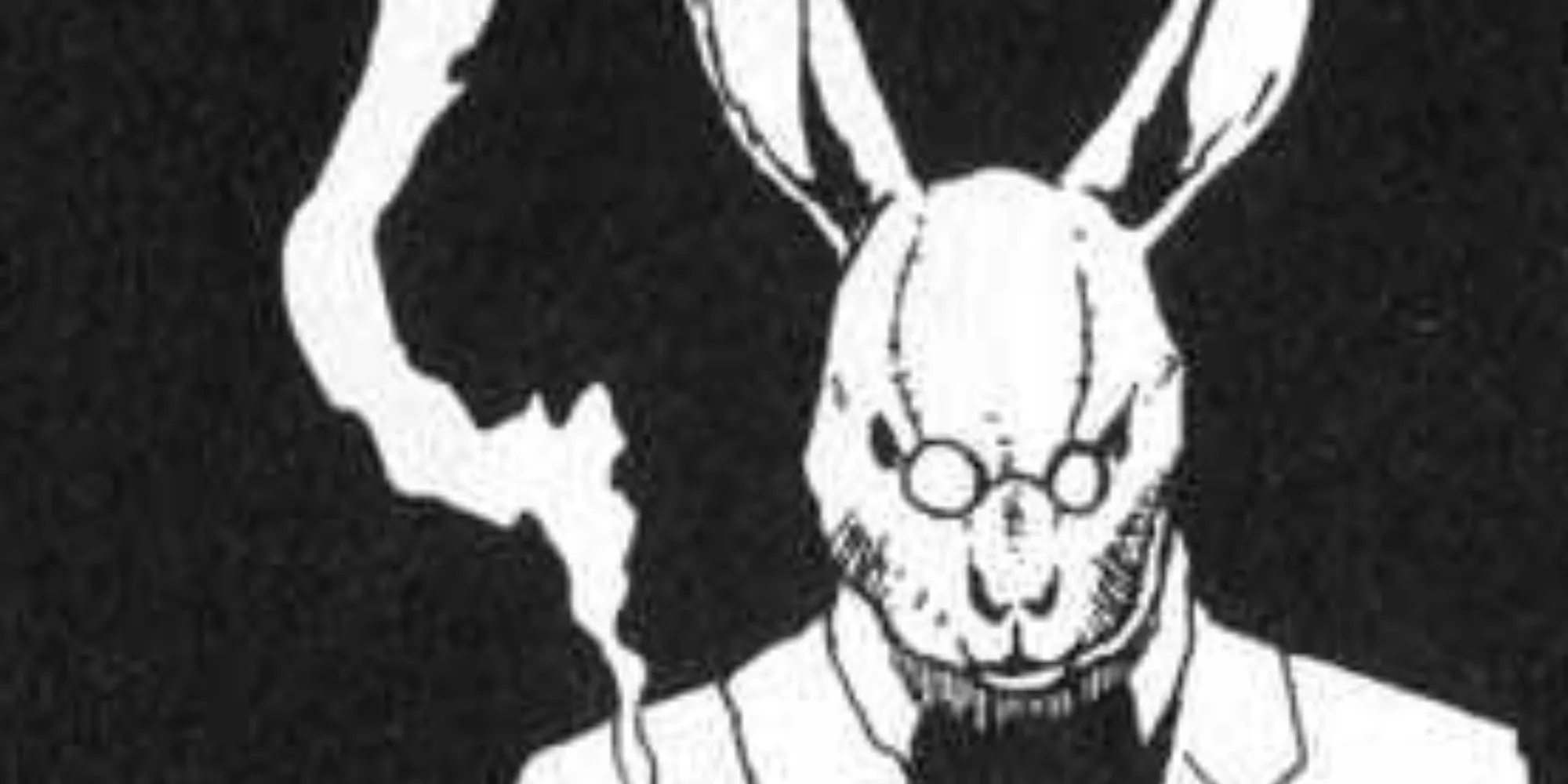
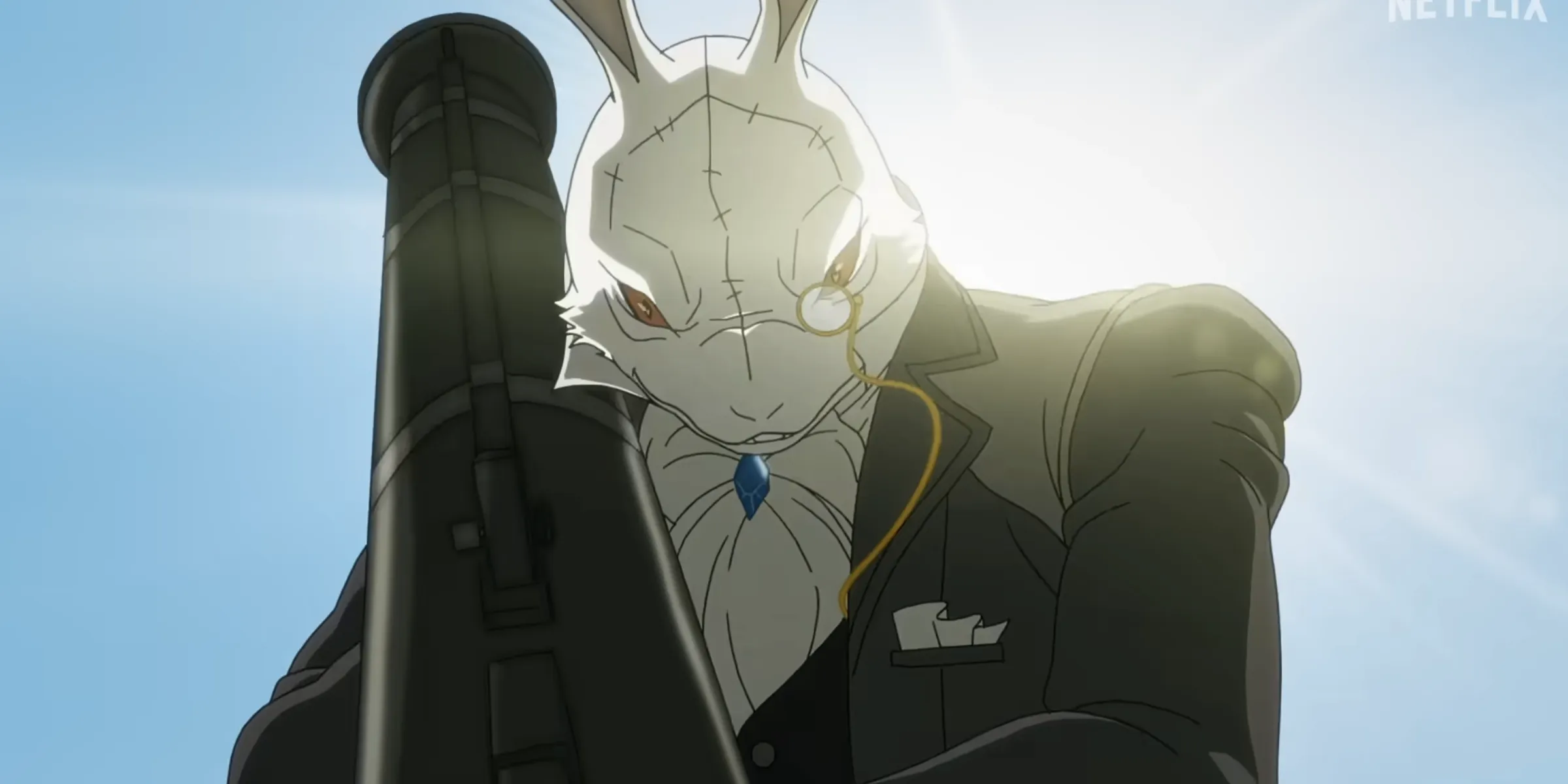
While some fans may be aware of the White Rabbit character introduced in the Devil May Cry 3 manga—originally linked to the antagonist Arkham—the Netflix series presents a transformed view. Rather than being a manifestation of Arkham, the White Rabbit in this adaptation is a human whose experiences within the Demon World have turned him evil after witnessing the wrongful acts of DARKCOM against innocent Makaians.
This fresh interpretation, while divergent from the manga, offers a compelling—yet considerably different—angle on the character.
6. Introduction of Makai
Exploring a New Dimension of the Demon World
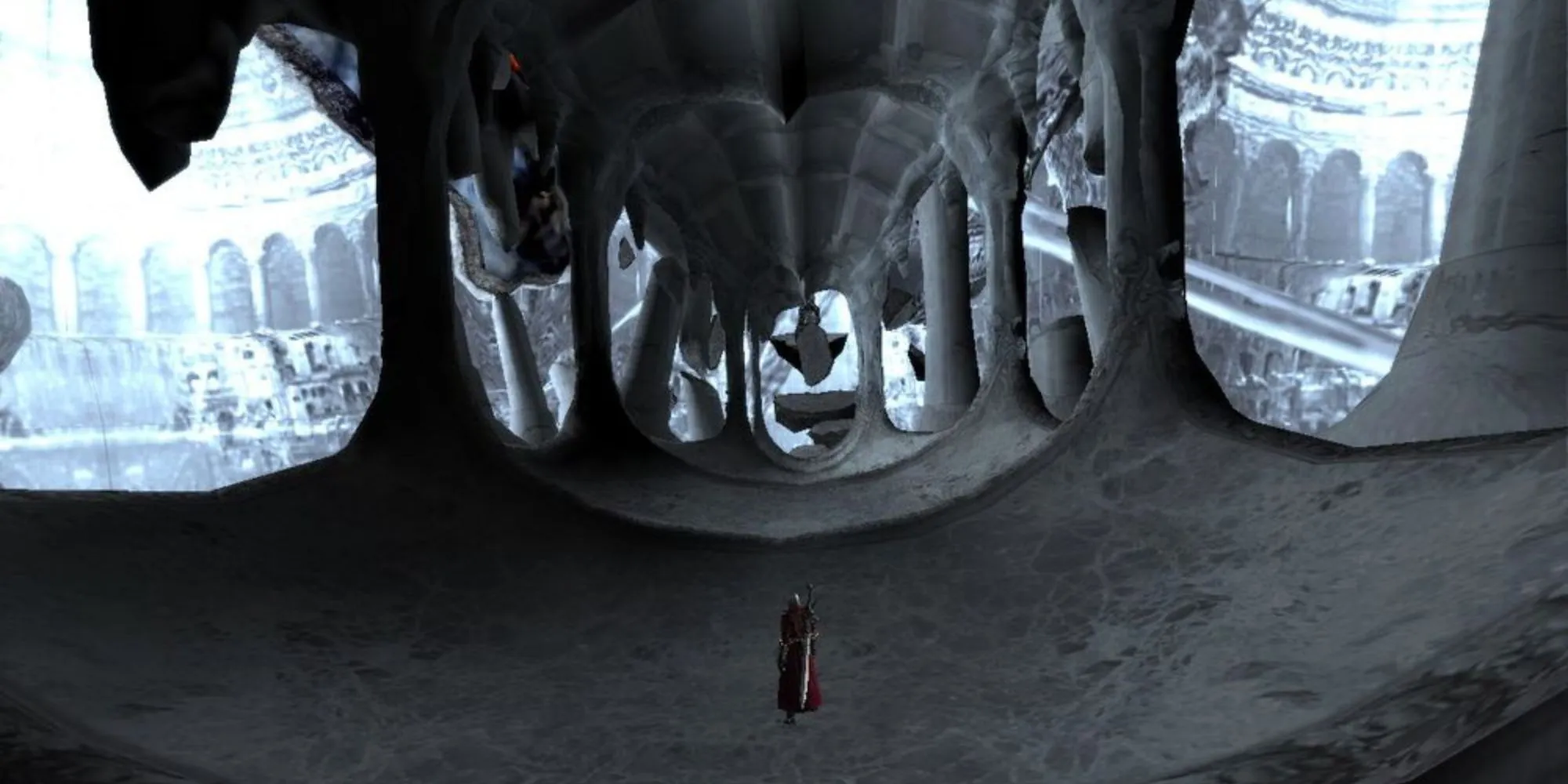
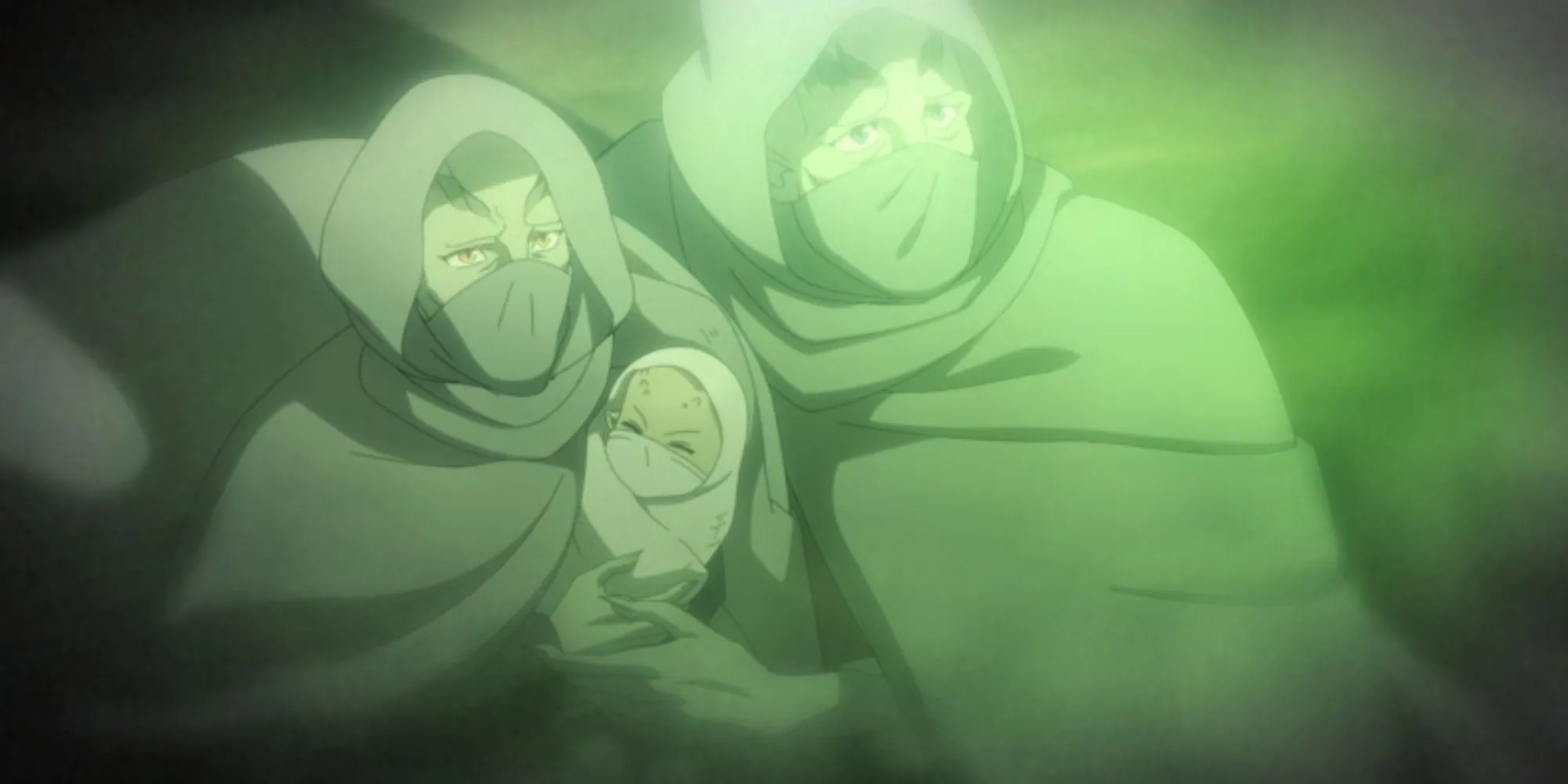
In the Devil May Cry franchise, the Demon World is a pivotal setting, primarily depicted with minimal exploration of its social and cultural layers. Shankar’s adaptation introduces “Makai,” a name denoting a more profound context of the realm.
In this iteration, Makai is portrayed not just as a domain ruled by Mundus but as a place where innocent tribes are oppressed and subjected to harsh conditions. This radical reimagining starkly contrasts with the traditional portrayals of the Demon World in the games, emphasizing a more nuanced narrative.
7. Dominance of Political Themes
Incorporation of Political Commentary


Traditionally, the Devil May Cry series centers around character development rather than political discourse, with no references to governmental structures. Unlike Ninja Theory’s DmC: Devil May Cry, which embedded themes of capitalism and corruption, this Netflix adaptation amplifies political elements significantly.
With figures like William Baines—a fictional vice president spearheading the anti-demon organization DARKCOM—standing at the forefront, the series dives into complex political narratives. The portrayal of Makaians as refugees amidst an American intervention to seize their resources adds layers to the narrative, albeit these themes seem in contrast to the classic tone of Devil May Cry.
8. Changing Dynamics of Vergil
Future Role of Dante’s Twin Brother
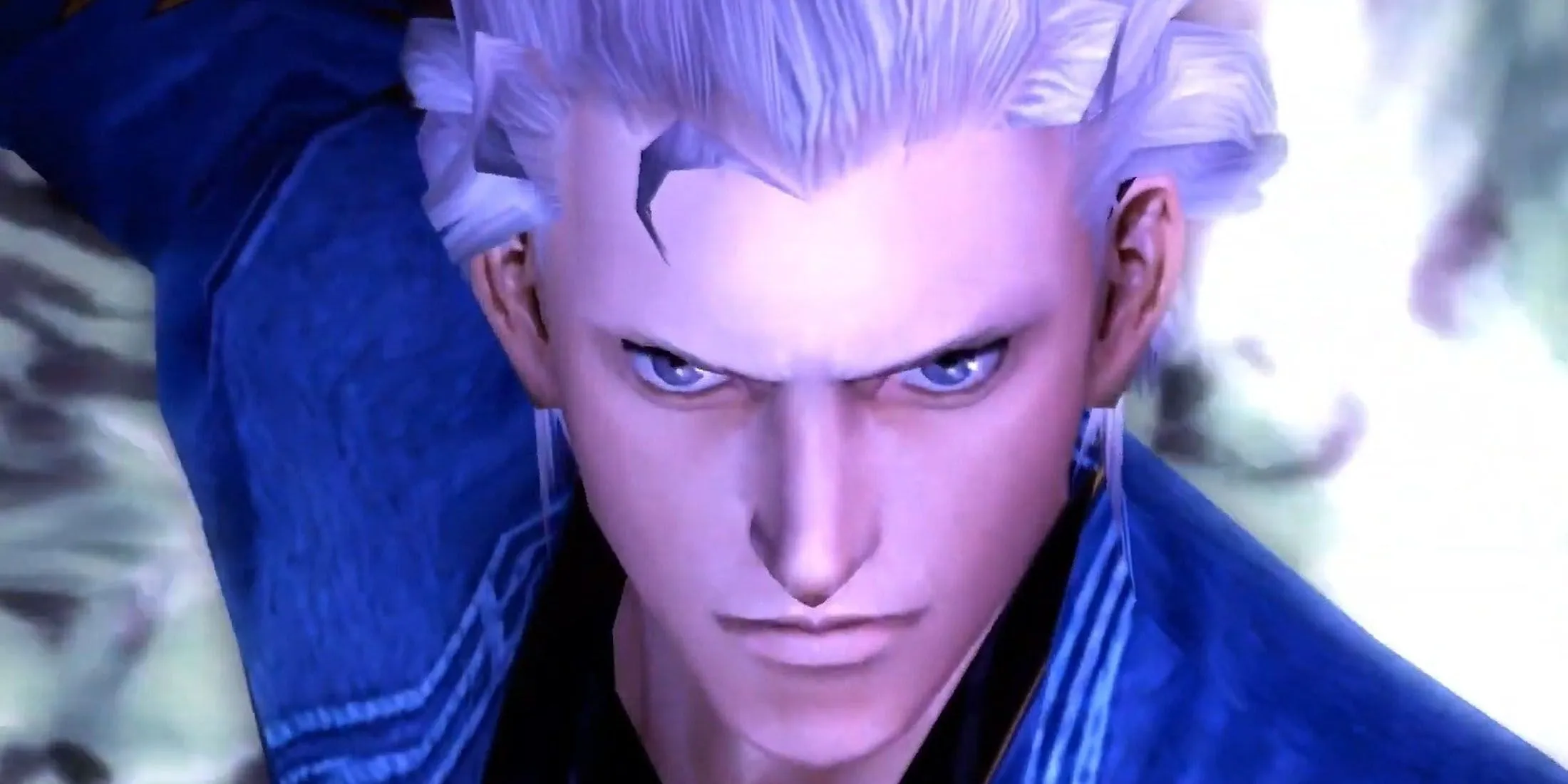
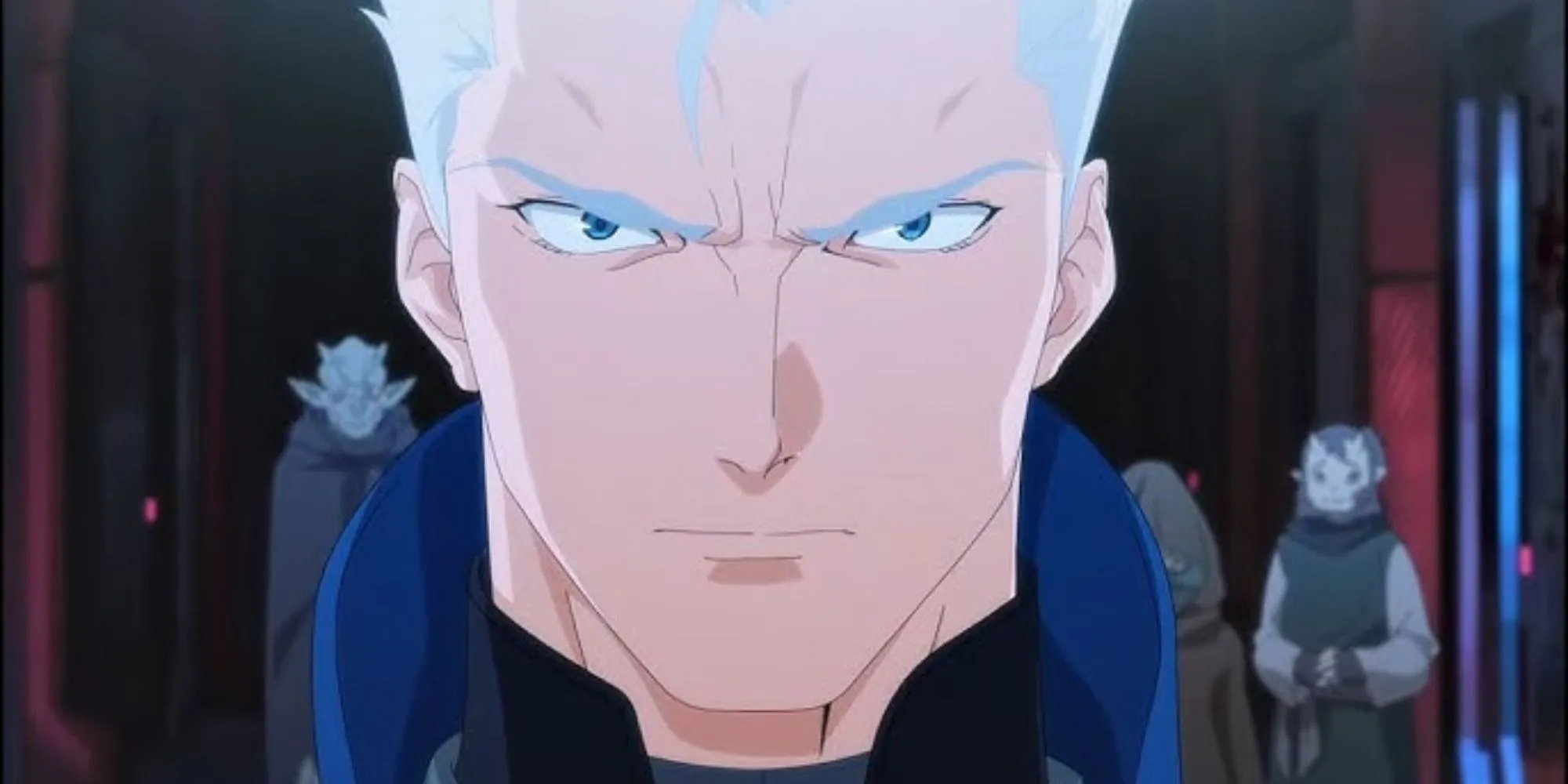
Vergil, recognized as one of the series’ most enigmatic characters, experiences a reimagined arc within the Netflix series. Emerging in his Nelo Angelo armor, his character flaunts a history of encounters with Mundus, suggesting a darker trajectory from his original persona.
Throughout the series, he is portrayed aiding Makaians while expressing allegiance to King Mundus, raising questions about the extent of his brainwashing or transformation. This twist sets the stage for potential future developments with the character in any prospective follow-up seasons.
